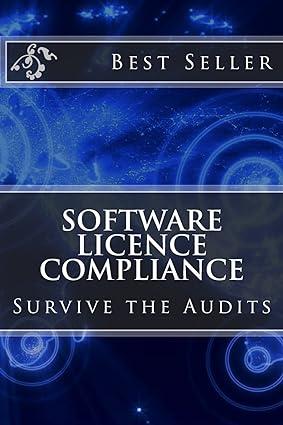Question
Required information Exercise 7-21B Complete the accounting cycle using long-term asset transactions (LO7-4, 7-7) Skip to question [The following information applies to the questions displayed
Required information
Exercise 7-21B Complete the accounting cycle using long-term asset transactions (LO7-4, 7-7)
Skip to question
[The following information applies to the questions displayed below.] On January 1, Year 1, the general ledger of a company includes the following account balances:
| Accounts | Debit | Credit | |||||
| Cash | $ | 60,500 | |||||
| Accounts Receivable | 28,600 | ||||||
| Allowance for Uncollectible Accounts | $ | 4,000 | |||||
| Inventory | 38,100 | ||||||
| Notes Receivable (5%, due in 2 years) | 33,600 | ||||||
| Land | 173,000 | ||||||
| Accounts Payable | 16,600 | ||||||
| Common Stock | 238,000 | ||||||
| Retained Earnings | 75,200 | ||||||
| Totals | $ | 333,800 | $ | 333,800 | |||
During January Year 1, the following transactions occur:
| January | 1 | Purchase equipment for $21,300. The company estimates a residual value of $3,300 and a six-year service life. | ||
| January | 4 | Pay cash on accounts payable, $11,300. | ||
| January | 8 | Purchase additional inventory on account, $100,900. | ||
| January | 15 | Receive cash on accounts receivable, $23,800. | ||
| January | 19 | Pay cash for salaries, $31,600. | ||
| January | 28 | Pay cash for January utilities, $18,300. | ||
| January | 30 | Sales for January total $238,000. All of these sales are on account. The cost of the units sold is $124,000. |
Information for adjusting entries:
- Depreciation on the equipment for the month of January is calculated using the straight-line method.
- The company estimates future uncollectible accounts. The company determines $4,800 of accounts receivable on January 31 are past due, and 50% of these accounts are estimated to be uncollectible. The remaining accounts receivable on January 31 are not past due, and 2% of these accounts are estimated to be uncollectible. (Hint: Use the January 31 accounts receivable balance calculated in the general ledger.)
- Accrued interest revenue on notes receivable for January.
- Unpaid salaries at the end of January are $34,400.
- Accrued income taxes at the end of January are $10,800.
rev: 11_22_2018_QC_CS-148298, 06_13_2019_QC_CS-170054
Exercise 7-21B Part 7
7. Analyze how well the company manages its assets:
Requirement 1:
a-1. Calculate the return on assets ratio for the month of January.
a-2. If the average return on assets for the industry in January is 2%, is the company more or less profitable than other companies in the same industry?
multiple choice 1
-
More profitable
-
Less profitable
Requirement 2: b-1. Calculate the profit margin for the month of January.
b-2. If the industry average profit margin is 5%, is the company more or less efficient at converting sales to profit than other companies in the same industry?
multiple choice 2
-
More efficient
-
Less efficient
Requirement 3: c-1. Calculate the asset turnover ratio for the month of January.
c-2. If the industry average asset turnover is 0.4 times per month, is the company more or less efficient at producing revenues with its assets than other companies in the same industry?
multiple choice 3
-
More efficient
-
Less efficient
Step by Step Solution
There are 3 Steps involved in it
Step: 1

Get Instant Access to Expert-Tailored Solutions
See step-by-step solutions with expert insights and AI powered tools for academic success
Step: 2

Step: 3

Ace Your Homework with AI
Get the answers you need in no time with our AI-driven, step-by-step assistance
Get Started


